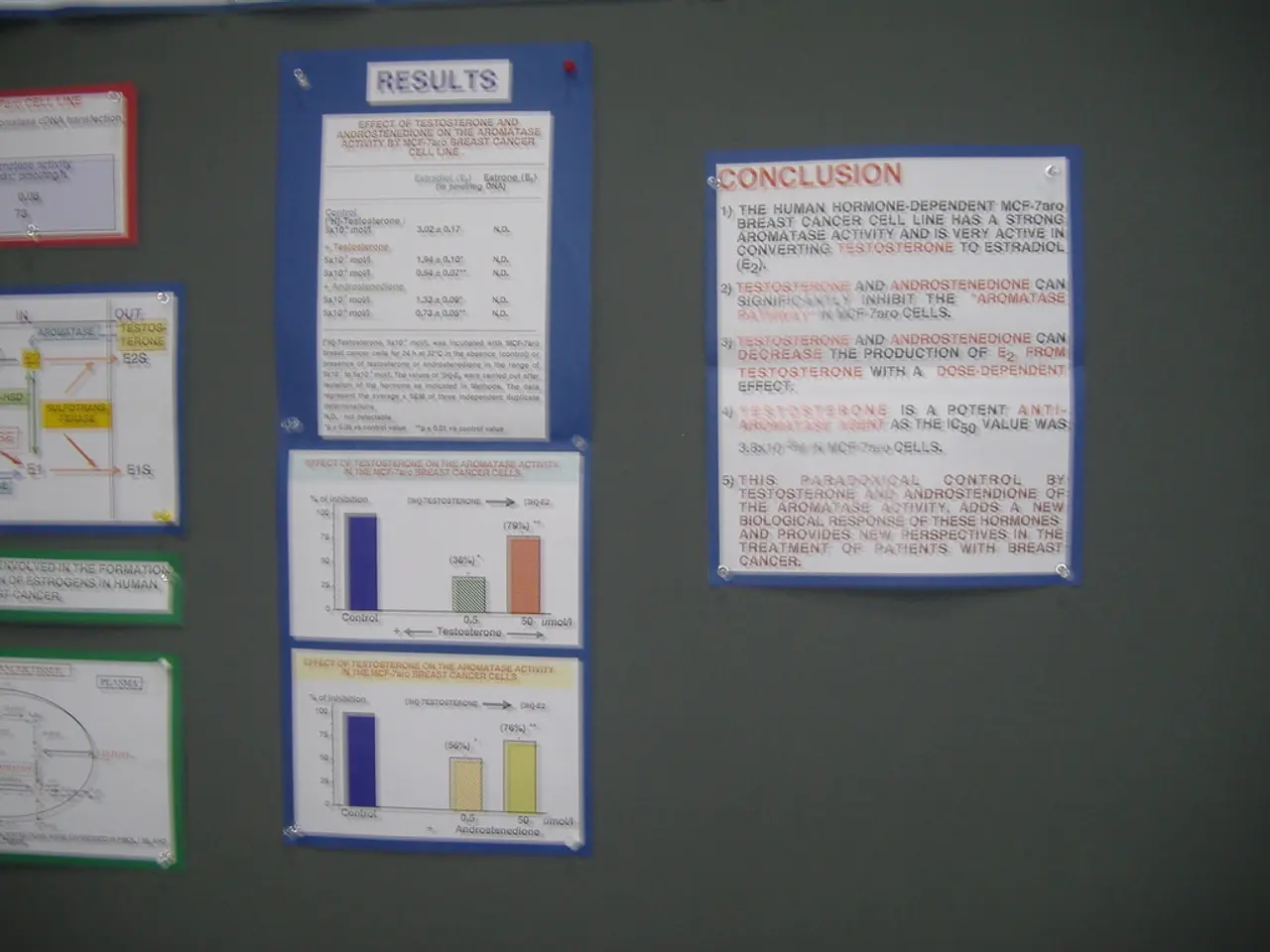Expanded Opportunities in Renewable Energy Sectors
The renewable energy sector in Scotland is making a significant and growing impact on job creation and economic output, with particular strength in offshore wind, onshore wind, and renewable heat sectors.
According to a report by the Fraser of Allander Institute, the industry supported over 47,000 jobs in 2022, with offshore wind accounting for the most employment with 19,580 full-time equivalent (FTE) roles. Onshore wind followed closely with 16,865 FTE roles, and renewable heat supported 4,095 roles.
Scotland's offshore wind sector is exceptionally ambitious and rapidly expanding. Operating about 4 GW of installed capacity, it has a pipeline of more than 30 GW of new projects granted seabed leases under the ScotWind leasing round. This expansion is expected to generate around £35 billion for the Scottish economy while supporting good jobs and enhancing energy security.
Based on past trends and projections, Scotland’s renewable energy generating capacity—including onshore wind and solar PV alongside offshore wind—is expected to exceed 26,500 MW by 2035. This capacity growth is estimated to create nearly 20,000 additional full-time jobs, inject approximately £20.3 billion in direct capital investment, and contribute about £1.6 billion in additional gross value added (GVA) to the economy between 2024 and 2035.
Decarbonising heat via the renewable heat sector, such as heat pumps and heat networks, represents another major area of economic and job growth. Scotland has implemented generous grants and loans helping over 150,000 households transition to clean heating, supporting local jobs in installation and advisory services. The sector's development is expected to lead to the creation and maintenance of distributed local jobs as well as export opportunities for manufacturers in clean heat technologies.
The global energy crisis in 2022 accelerated demand for renewable energy, with onshore wind generating more than £6.4 billion of output in the Scottish economy and offshore wind generating more than £6.8 billion. However, despite increased turnover and output, rising operational and material costs led to constrained growth in GVA and the creation of full-time jobs in 2022.
Professor Mairi Spowage, Director of the Fraser of Allander Institute, stated that economic activity associated with the renewable energy industry shifted significantly in 2022. She also noted that the nature of the supply chains supported by the renewable energy industry is likely to continue changing as it becomes more established.
An updated report on the economic impact of renewable energy in Scotland is expected in early 2026. Scottish Renewables and the Fraser of Allander Institute will be working together over 2025 and 2026 to produce improved data outputs, including a consistent time series.
For more information on the economic impact of renewable energy in Scotland, visit [website.scot](http://website.scot).
In 2026, the updated report on the economic impact of renewable energy in Scotland by Scottish Renewables and the Fraser of Allander Institute is expected to provide improved data outputs, including a consistent time series. As the renewable energy sector matures, the nature of the supply chains supported by the industry is likely to continue changing, potentially opening new opportunities in financing and investment within the renewable energy industry.




